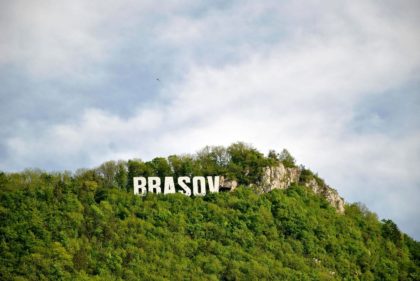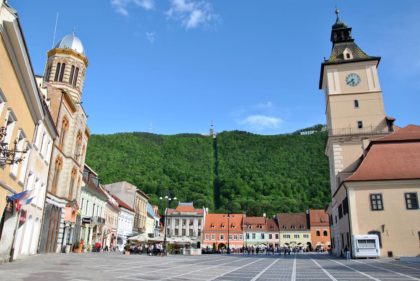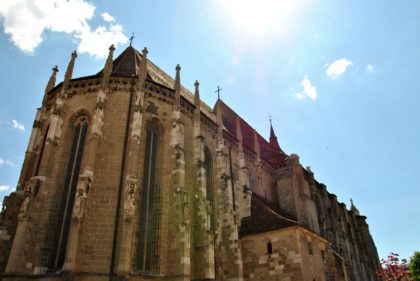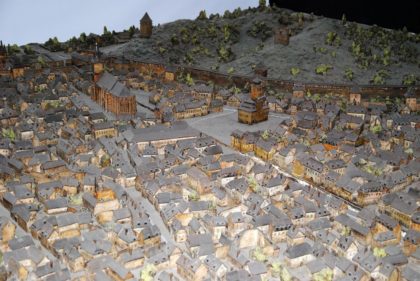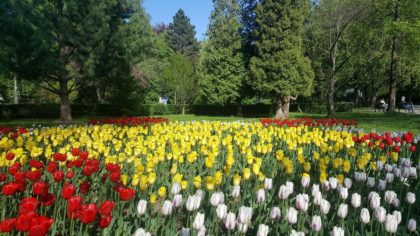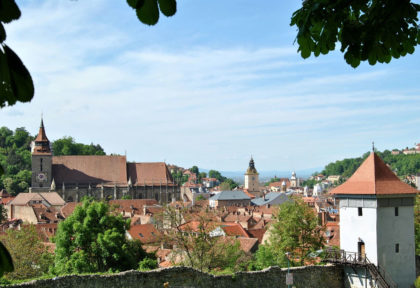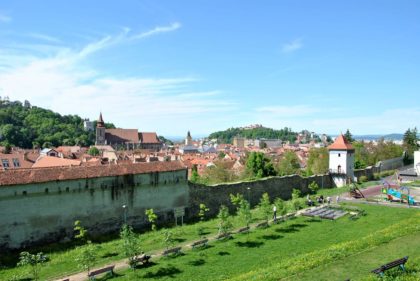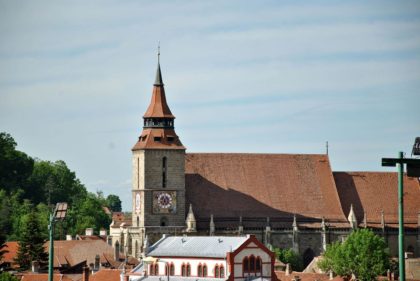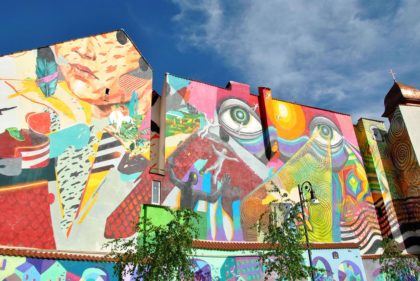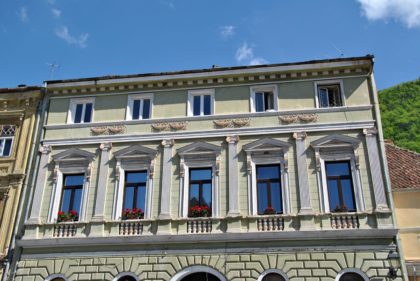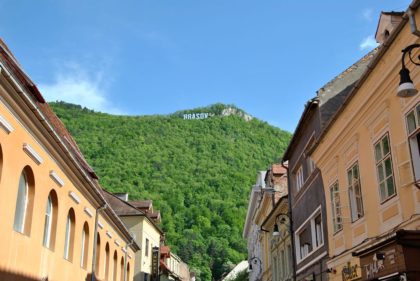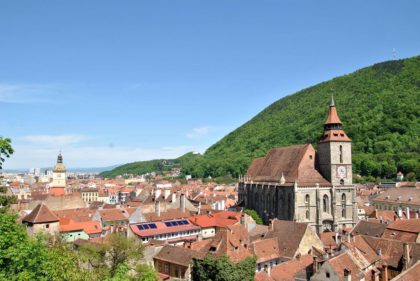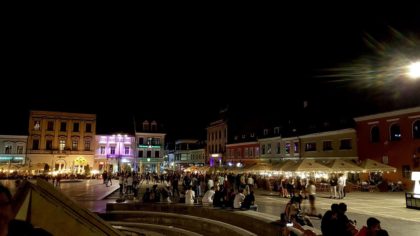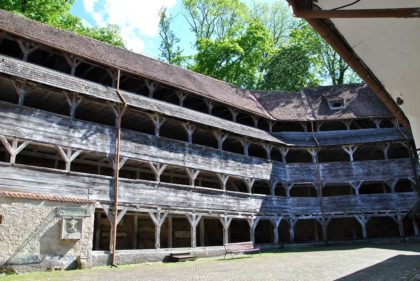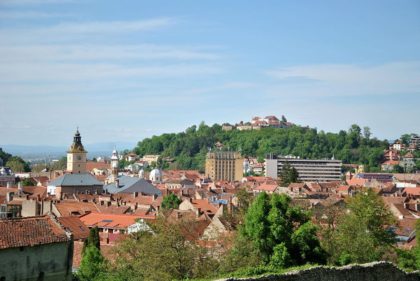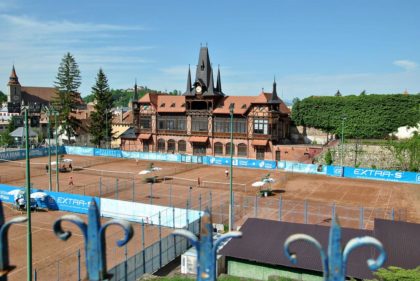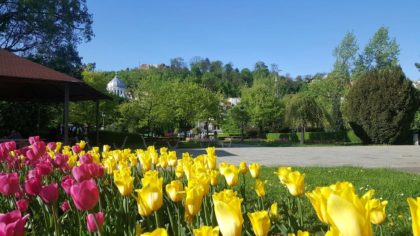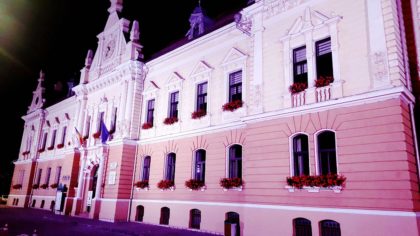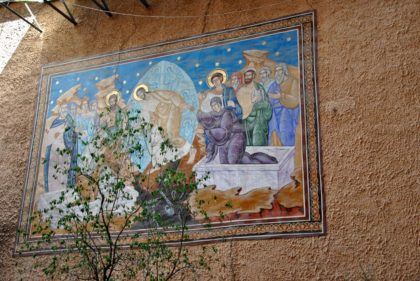
Brașov | History / Gallery
History / Gallery
History of Brasov
The oldest traces of human activity and settlements in Brasov date back to the Neolithic (about 9500 BC). Archaeologists working since the last half of the 19th century have discovered continuous traces of human settlements in areas located in Brasov: in Valea Cetății, Pietrele lui Solomon, Șprenghi, Tâmpa, Dealul Melcilor and Noua.
The first three locations show traces of Dacian fortresses; the Șprenghi Hill sheltered a Roman-type construction. The last two sites had names applied to Bronze Age cultures – Schneckenberg (‘Snail Hill’; Early Bronze Age) and Noua (‘New’; Late Bronze Age).
The Transylvanian Saxons played a decisive role in the development of Brasov and were invited by the Hungarian kings to develop towns, build mines and cultivate the land of Transylvania at various stages between 1141 and 1300.
In 1211, by order of King Andrew II of Hungary, the Teutonic Knights fortified Burzenland to defend the border of the Kingdom of Hungary. On the site of the village of Brasov, the Teutonic Knights built Kronstadt – the ‘Crown City’.
Although the Crusaders were driven out by 1225, the settlers they brought long ago remained, along with the local population, in three separate settlements they founded on the site of Brasov.
The Germans living in Brasov were mainly involved in trade and crafts. The city’s location at the crossroads of trade routes linking the Ottoman Empire and Western Europe, coupled with certain tax exemptions, allowed Saxon merchants to acquire considerable wealth and exert strong political influence.
They contributed greatly to the architectural flavour of the city. The fortifications around the city were continually built and extended, with several towers maintained by different guilds of craftsmen, according to medieval custom.
The city centre is marked by the former mayor’s office building (Casa Sfatului) and the surrounding square (Sfatului Square), which includes one of the oldest buildings in Brasov, the Hirscher Haus. Nearby is the “Black Church”, the largest Gothic-style church in south-eastern Europe.
In 1689, a great fire almost completely destroyed the walled city and it took several decades to rebuild.
In addition to the German (Saxon) population living in the fortified city and the northern suburbs, Brasov also had a large Romanian and Bulgarian population (living in the Șchei district), as well as a certain Hungarian population (living in the Blumăna district).
The cultural and religious importance of the Romanian church and school in Șchei is underlined by the generous donations received from more than thirty hostesses from Moldavia and Wallachia, as well as from Elizabeth of Russia. In the 17th and 19th centuries, the Romanians of Șchei fought for national, political and cultural rights and were supported in their efforts by Romanians from all other provinces, as well as by the local community of Greek merchants.
In 1838, they founded the first Romanian-language newspaper, Gazeta Transilvaniei, and the first Romanian higher education institutions: Greek Orthodox Central Schools (today named after Andrei Saguna). The Holy Roman Emperor and sovereign of Transylvania, Joseph II, granted Romanians citizenship rights for a short period in the last decades of the 18th century.
On 29 August 1916, during the First World War, the Romanian army occupied Brasov. Romanian troops entered the city at around 5pm and marched to the town square. Romanian rule over the town lasted until early October, when the area was recaptured by the Central Powers in the Battle of Brassó (7-9 October 1916). The Romanian mayor installed during the brief Romanian occupation was Gheorghe Baiulescu. His mandate lasted from 29 August, when the town was occupied by the Romanian army, until 8 October – the climax of the Battle of Brasov. On 9 October, at the end of the battle, the previous mayor (Karl Ernst Schnell ) was reinstated.
Following the collapse of Austro-Hungary, the Proclamation of the Union of Alba Iulia on 1 December 1918, adopted by the deputies of the Romanians of Transylvania, Banat, Crișana and Maramureș at the Great National Assembly in Alba Iulia, declared the union of Transylvania into the Romanian state. Brașov was definitively occupied by Romanian forces on 7 December, while the Hungarians gradually retreated northwards. The King and some Transylvanians suggested that – because of Brasov’s central geographical position in the new Romania – it should be considered the new national capital.
Although this did not happen – the inter-war period was a period of flourishing economic and cultural life in general, including for the Saxons in Brasov. However, at the end of World War II, many ethnic Germans were forcibly deported to the Soviet Union. Many of them emigrated to West Germany after Romania became a communist country.

